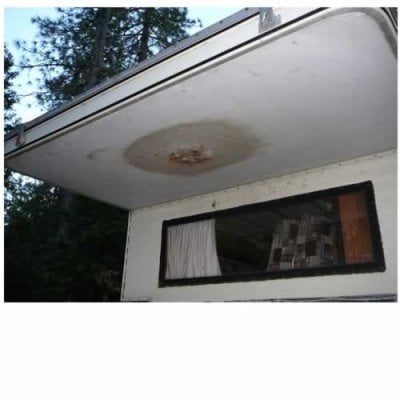Particle Board and Marine Ply
Hello Warpath.
With regard to my earlier comments on "Marine-grade" plywood, I stand corrected
on one important point. The "adhesives" used in Marine-grade ply and quality Exterior-
grade construction plywood are the...same. And they are, of course, waterproof, as opposed to
water or weather resistant. As you have noted.
By all other spec's , one of which is the permitted use of only two species of wood, Fir and Larch,
at least for American produced Marine plywood, it remains the only grade plywood specified for boat
building and the marine, i.e. prolonged "wet" environment. Not that you can't use anything else
I guess, just depends on how long you want... your boat to float!! Aye?
However, I would respectfully still like to offer some comments regarding the perceptions
surrounding CDX plywood.
As I'm sure you are aware, a common misconception in grading plywood is that the"X" designates
an "Exterior" rating. It does not. What the "X" designates is that the inner veneers/core of the board
can be of any species of wood. So that rules out any possibility of a "Marine" grade rating for CDX.
The C & D, as you will be aware, designate the finish/quality of the outermost veneer/ply on each side
of the board. The ratings being: A, B, C & D. With A being the finest/cleanest and D being the roughest,
coarsest, knottiest, ugliest, cheapest. CDX therefore can be made of any type wood the Mfg' chooses,
and... the C side will have a somewhat better finish/appearance than the roughest D side.
CDX is not an "Exterior" rated ply. It is an “Exposure” rated grade. In that it has the ability to withstand
exposure to exterior conditions for a “short time only” while a building is under construction.
But for the long term it is an "Interior" grade and is recommended only be used inside a building where it is
protected from any long term exposure to moisture/water/dampness, the elements.
One of it's biggest uses is as interior sub-flooring because it's super strong, but...cheap.
And the...ugly...gets covered up!
OSD Plywood (Oriented Strand Board) is, or is becoming, the "Exterior" grade of choice now in
construction. It is being used for exterior walls, roofing and general coverings, being considered highly
impervious to moisture and the elements. So in retrospect, or...hindsight ?? It would probably be a very
good, if not the best, lower cost alternative to Marine grade ply for replacing the cab-over bed boards in
our campers. Not withstanding the liberal use of latex sealants, good paint/varnish etc. when doing the job.
Also, MDO, by definition, is not a...Marine grade plywood. Marine grade plywood can have a
Medium Density Overlay of the "resin impregnated fiber material" you describe, but...so can
any other grade of plywood. MDO itself is a "secondary stage of manufacturing, or finish"
applied to any common veneer/ply substrate, which then becomes a...Medium Density Overlay
Plywood (MDOP). They've gone and dropped the "P", which now confuses the "finished product"
with the...process!
I guess if this were a boat building forum this would all have far more relevance...huh? HA!
At the end of the day though, I guess the whole point here boils down to, that for anyone considering
the replacement of their bed board, give serious consideration to using ... OSD Plywood!
Regards...CoopCoyote


